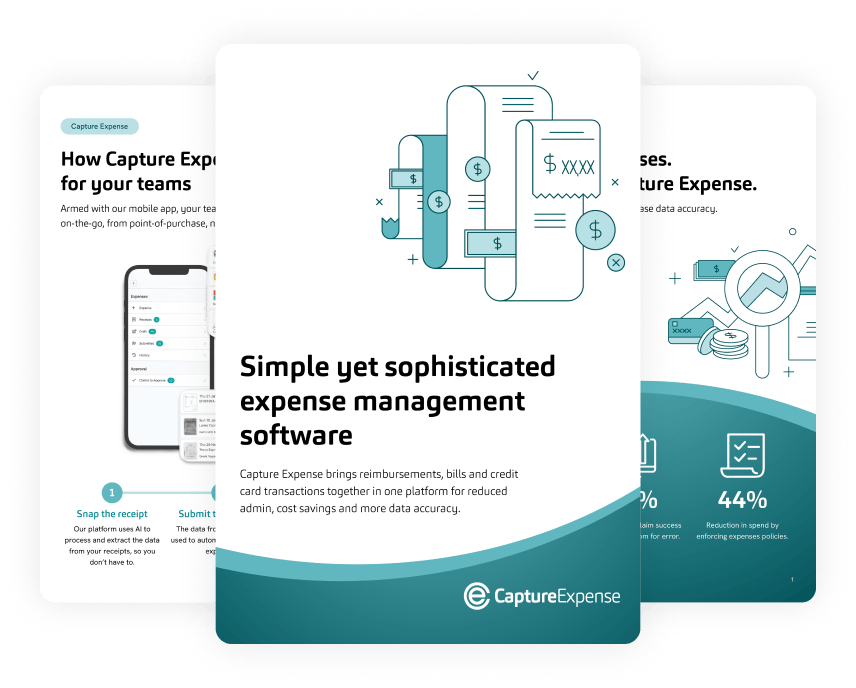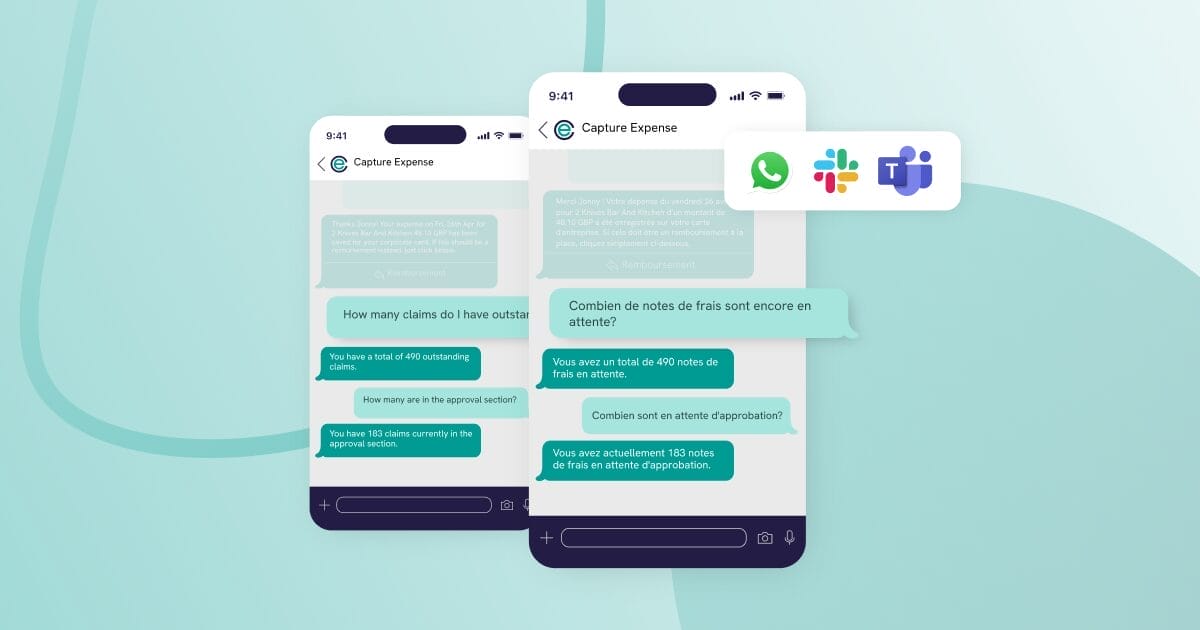
Approving expenses should be simple, yet most teams still battle manual, time‑heavy workflows. AI finally changes that—reviewing spend in real time, enforcing policy and flagging exceptions instantly.
Even with expense management software in place, your approvals often rely on multiple layers of review, and too much still depends on human intervention.
That’s where AI is starting to change things. It’s no longer just about automating data entry—it’s helping finance teams make faster, smarter decisions by reviewing spend in real time, applying policy rules, and flagging anything that needs attention.
In this article, we’ll break down where manual processes are slowing your approvals down, and how AI can support better, more efficient financial decision-making—starting with expense approvals.
The problem with traditional expense approval workflows
Too much manual work
In most businesses, an expense claim goes through several people before it’s approved. A line manager might review it first, then it’s passed to a department head, and finally to the finance team. Each step adds time. Each person has to read the details, check the receipt, and make sure it fits your company’s expense policy.
But often, your line managers don’t feel confident rejecting expenses—especially when they work closely with the claimant. This means some claims get approved that shouldn’t be. Then finance teams have to step in, double-check everything, and fix mistakes. The more people involved, the more opportunities there are for delays and errors.
Slow and expensive processes
All this checking and re-checking adds up. If you’re a bigger organisation, it can mean an abundance of hours spent on manual tasks that could easily be handled by the right tools. Software alone isn’t solving the problem, because most systems still rely on people to do the hard work.
Why expense approvals need to change
Digital submissions may have replaced paper forms, but the workflow itself hasn’t improved much. Which begs the question: what can AI actually help us do in finance? With platforms that can be trained to think the way we do, there’s so much opportunity to truly change expenses and finance for better. Here are just a few ways:
AI for faster financial decision making
- Spot trends and overspending early
- Suggest actions based on previous activity
- Improve over time as the model learns from past claims
Handling checks before they hit accounting
One of the next big steps for AI is handling checks before expenses move into accounting systems. Right now, many teams still:
- Manually check categories,
- Confirm VAT is correct,
- Review how costs are split.
AI will be able to handle much more of this. It means fewer manual reviews and more time saved. With the right setup, AI doesn’t just support finance—it becomes a key part of how decisions are made.

Get the latest insights and product updates, direct to your inbox.
Staying ahead of AI in finance with Capture Expense
We’re trying to do things differently—different, but better.
We’ve built tools like Smart Audit and Finance Copilot to reduce manual checks and help your finance team move faster.
These tools check expenses automatically and apply your policy rules instantly. It means fewer approvals to chase, quicker decisions, and more time for finance teams to focus on work that adds value.
Replacing manual expense approvals with Smart Audit
Smart Audit is our AI tool that takes over where traditional approval workflows slow down.
It reviews expenses in real-time, based on your company policies. It reads the data, checks the rules, and decides whether the claim can go ahead—all without someone having to step in. It can:
- Review and categorise expenses instantly
- Check for policy compliance
- Flag anything unusual
- Follow up with employees if information is missing
Instant, conversational reporting with Finance Copilot
Pulling reports shouldn’t be a slow or technical task. But most tools make it harder than it needs to be.
Our Finance Copilot is built to fix that.
Instead of clicking through menus, dashboards, and filters, just type a question:
- “What did we spend most on last month?”
- “How much mileage has been claimed this year?”
- “Show me expenses by department.”
Finance Copilot understands what you’re asking and gives you a clear answer. Whether it’s a table or a chart, the output is simple and ready to use.
Why it’s time to get ahead
If everything we’ve discussed resonates with you, you probably already know that:
- Manual approvals no longer keep up
- AI-led teams are making faster decisions
- The gap between early adopters and those failing to adopt AI is growing
If you’re still relying on manual processes, now’s the time to rethink how you manage expenses.
AI is already the new standard, and it’s changing how finance teams operate. As the technology continues to mature at the rate it is, businesses that fail to embrace AI will struggle to compete with those that use it for financial intelligence and decision making.
At Capture Expense, we’re prioritising our product velocity so we’re constantly developing new features led by the latest in AI.
We’d love to show you our latest functionality; let’s book a demo.

Find out more about Capture Expense
We’re so much more than just an app to track your business expenses. From saving days reconciling your credit cards to getting customised insights in an instant with your finance copilot, here’s everything you need to know about Capture Expense.


